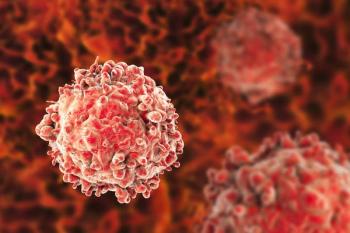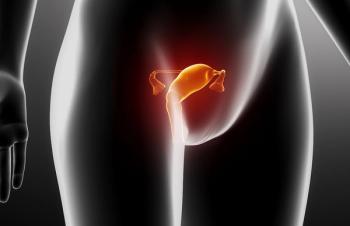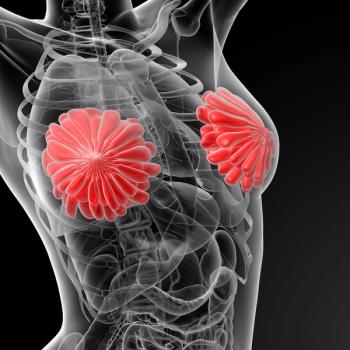
DESTINY-Breast06 Efficacy Surpasses SOC in HER2-Low/Ultralow Breast Cancer

Findings from DESTINY-Breast06 showed a PFS of 13.2 months for patients given T-DXd for HER2-low or ultralow breast cancer.
Aditya Bardia, MD, MPH, FASCO, highlighted the main efficacy results observed in the
Topline results from the trial showed a median progression-free survival (PFS) for patients with HER2-low disease of 13.2 months in the T-DXd arm and 8.1 months in the chemotherapy arm (HR, 0.62; 95% CI, 0.51-0.74; P <.0001). For those with HER2-ultralow disease, it was 13.2 months vs 8.3 months (HR, 0.78; 95% CI, 0.50-1.21). Finally, those in the intent-to-treat population had a median PFS of 13.2 months vs 8.1 months (HR, 0.63; 95% CI, 0.53-0.75; P <.0001).
Bardia, professor in the Department of Medicine, Division of Hematology/Oncology, and Director of Translational Research Integration at the University of California Los Angeles Health Jonsson Comprehensive Cancer Center, also commented on the most common treatment-related adverse effects with T-DXd, which included nausea, myelosuppression, and pneumonitis.
Transcript:
In DESTINY-Breast06, T-DXd was superior to standard chemotherapy with both capecitabine as well as taxanes for patients with metastatic hormone receptor–positive breast cancer. The median PFS was [approximately 13.2] months, so more than a year in terms of median PFS. Most [median PFS outcomes are approximately] 8 months with standard chemotherapy, so a significant improvement in PFS was seen with T-DXd in this setting.
There are 3 important [adverse] effects [AEs] to remember with T-DXd. The first one is nausea, which is the most common [AE] seen with T-DXd. Generally, we recommend primary prophylaxis with a 3-drug antiemetic regimen. Usually, that’s quite effective. In breakthrough instances, you can use olanzapine [Zyprexa]. The second [AE] is myelosuppression. It can cause neutropenia as well as thrombocytopenia, so it’s important to monitor the counts. The third [AE] is a rare but known [AE] of T-DXd, which is pneumonitis. It’s important to monitor for pneumonitis when you’re getting restaging scans, not only looking at efficacy, but also evidence of pneumonitis, so you can intervene early and prevent this from increasing.
References
- Curigliano G, Hu X, Dent RA, et al. Trastuzumab deruxtecan (T-DXd) vs physician’s choice of chemotherapy (TPC) in patients (pts) with hormone receptor-positive (HR+), human epidermal growth factor receptor 2 (HER2)-low or HER2-ultralow metastatic breast cancer (mBC) with prior endocrine therapy (ET): primary results from DESTINY-Breast06 (DB-06). J Clin Oncol. 2024;42(suppl 17):LBA1000. doi:10.1200/JCO.2024.42.17_suppl.LBA1000
- Enhertu approved in the US as first HER2-directed therapy for patients with HER2-low or HER2-ultralow metastatic breast cancer following disease progression after one or more endocrine therapies. News release. FDA. January 27, 2024. Accessed January 27, 2024. https://tinyurl.com/5n8ab8sk
Newsletter
Stay up to date on recent advances in the multidisciplinary approach to cancer.
































































































